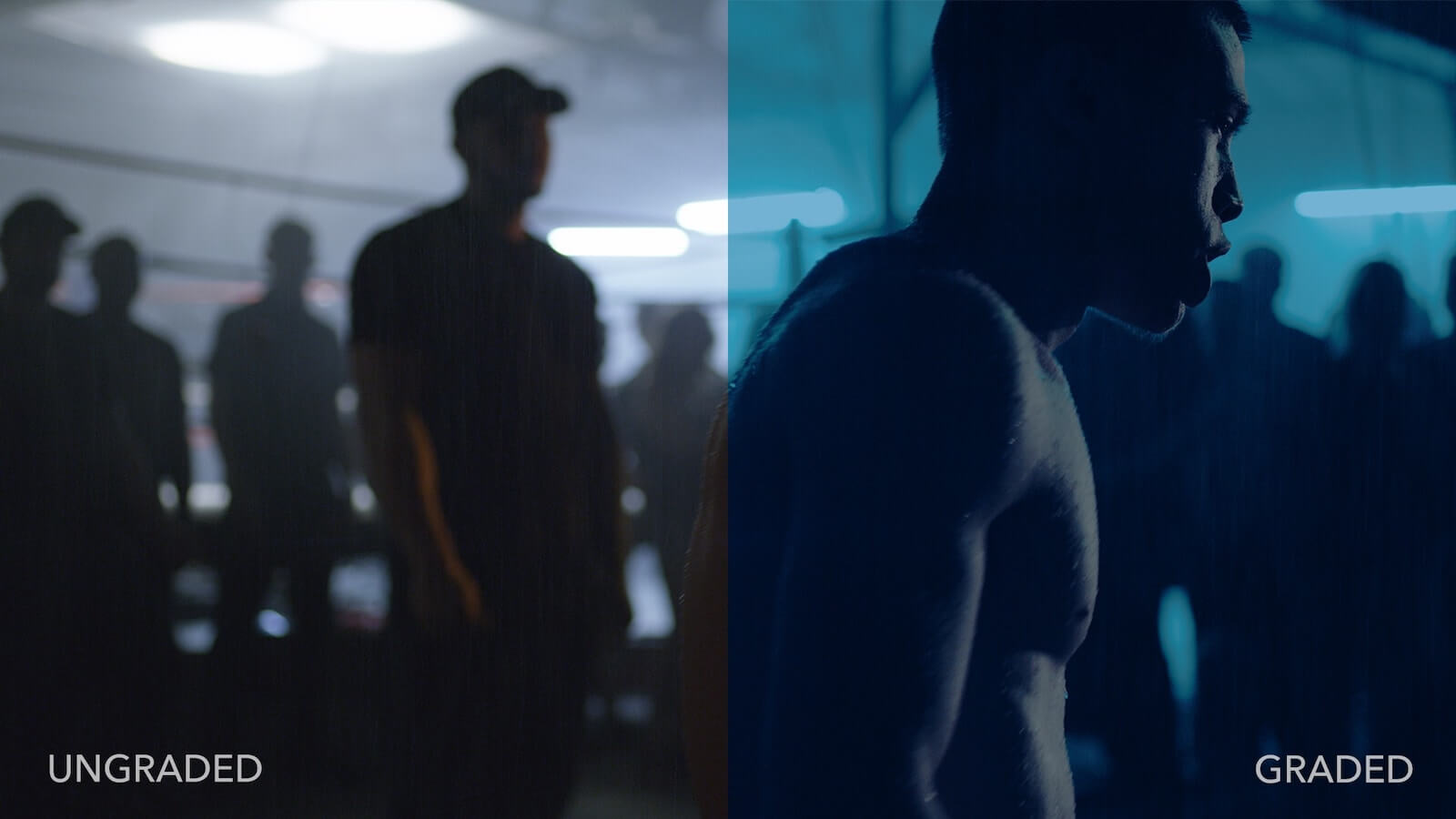

In general, we try to avoid the term "color correction" since to some it implies a mistake was made that needs to be "corrected." However, the abbreviation for color grading is usually written as "CC," not "CG," since "CG" means computer graphics. We can try to force a definition on them, but DPs, directors, producers, and post houses all tend to use them as if they mean the same thing, so it's best to treat them the same way. In reality, they are used interchangeably. You can even find a variety of posts revealing what each of these terms means. You might have heard the terms grading, timing, and correction applied for this process.

So we color grade to craft the images to be appropriate for the story we are telling in each case.Ĭolor Grading vs. The camera doesn't know what type of film it's shooting there is no "genre" setting in the menu with options for rom-com and horror. Your thriller film might want less color and a cooler look, while your romantic comedy might want more saturation and a warmer look.

It turns out that not everyone agrees on what "looking good" even means, and it's not going to be the same for every project. The second reason you have to grade is artistic. Even in film days cameras wanted to expose the widest latitude possible. You want to wait as long as possible in the process to throw that information away, so cameras focus on exposing the widest latitude possible. To make it look good, you'll need to give up some of that information to focus the eye where you want it to look. You want a camera that is exposing for the widest range of information possible. Well, there are two big reasons for this. Some people wonder, "Why do you even need to do a color grade? Why doesn't the camera just look perfect when you shoot it?" It's a vital step of almost every single video, and understanding it is going to help you craft more compelling images. Sometimes thought of as " Photoshop for moving images," color grading is the step in our image crafting pipeline where we manipulate the image to make it look a certain way. You've seen a commercial or feature film with a certain look that your project doesn't have, and you've asked what made it look like that, only to get the answer, "Oh, that's color grading." Are you wondering what color grading is and how to ensure your projects have the best color grading possible? Read on.Ĭhances are, you've landed here because you've started to wonder why your footage doesn't look like someone else's.


 0 kommentar(er)
0 kommentar(er)
